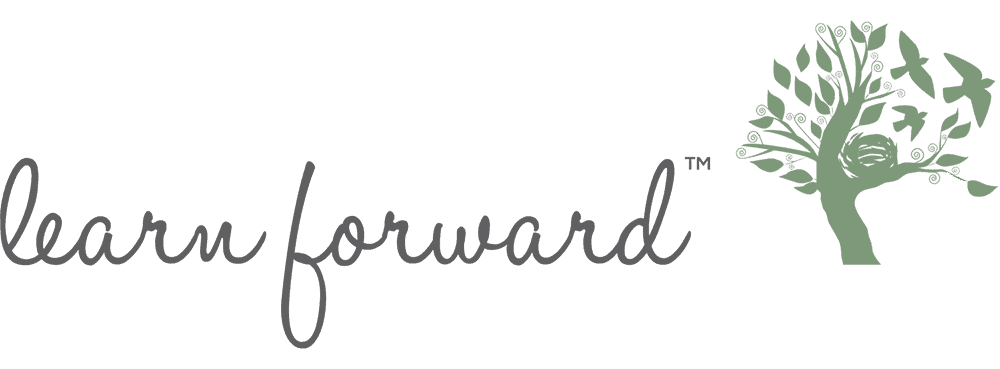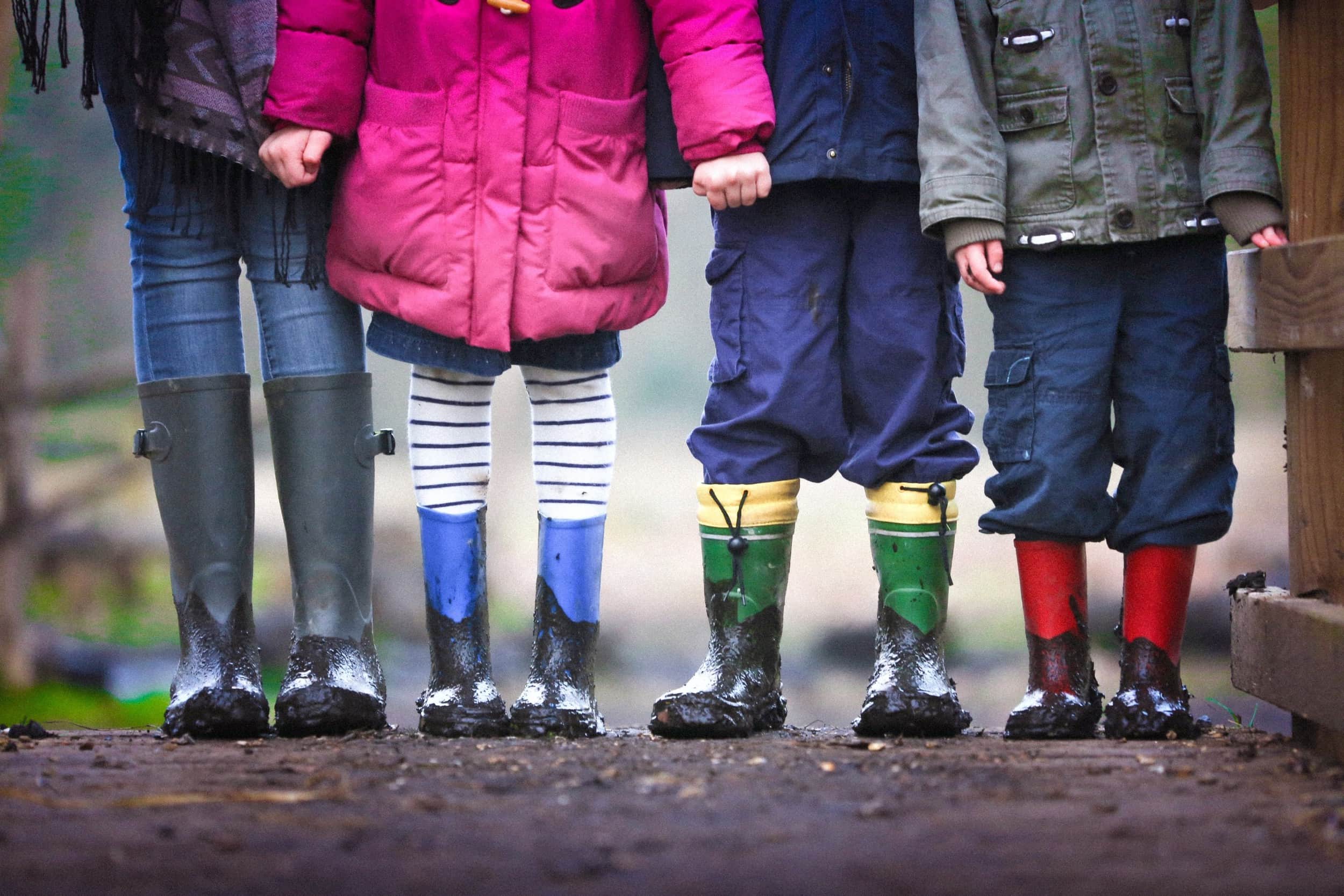When I was a child, for one year, I attended an elementary school where children with special needs also had their separate classrooms. They were in a different part of the building than the rest of us: segregated. Honestly, in my Grade 1 mind, there was quite a bit of fear for me. When the new school opened just down the street, it was fresh and shiny. All of us moved in and I never saw the ‘others’ again.
In the late 1970s inclusion became the law in North America. Public schools were obligated by law to include students of all abilities and exceptionalities.
Inclusion as a Mandate
Fast forward to the turn of the Millennium, when I was certain I wanted my son, a child with cerebral palsy and a hearing impairment, in a ‘regular’ classroom. I wanted him to be included. His teachers would have to adapt and accommodate to ensure his needs were met and he had access to the curriculum. These words became a new kind of comfortable for me.
My own teaching practice transformed as a result. I wanted to learn how to differentiate and structure my lessons so students at all stages of development and with all kinds of learning needs could still reach for their potential. It began with opening my heart; just as I was praying my son’s teachers’ hearts would open to him.
Within 5 years I was a school leader. I only had one caveat, “Our school must be inclusive.” I know we are
Now that word, “inclusive,” reverberates through our school’s walls. We believe every child is a gift and so every child is welcome.
Inclusion now means much more in our public discourse. MacLean’s magazine says it this way in a recent article meant to unpack the concept,
Inclusion, after all, is not merely about literal rules…mandating equal access to services. Those rules leave too much room for exclusion. Rather, this is more fundamentally about how we see our place in the world, about our ability to imagine and achieve a good life in every area that is meaningful to us. The capacity of all citizens to have this, in turn, allows a society to flourish.
Let’s take a look at some powerful benefits for everyone when we foster inclusive environments in our schools! Here are a few:
Our Nation
Thomas L. Friedman, in his book, Thank You for Being Late, discusses the benefits of a national policy and broad systems of culture that are inclusive. He writes,
“Nations thrive when they develop “inclusive” political and economic institutions, and they fail when those institutions become “extractive” and concentrate power and opportunity in the hands of only a few.”
Opening up education, even our private school, to be inclusive and diverse makes our country stronger, offers opportunity more broadly, and sets the right pattern in our children’s hearts. Inclusion is the pattern of democracy.
[fusion_builder_container hundred_percent=”yes” overflow=”visible”][fusion_builder_row][fusion_builder_column type=”1_1″ background_position=”left top” background_color=”” border_size=”” border_color=”” border_style=”solid” spacing=”yes” background_image=”” background_repeat=”no-repeat” padding=”” margin_top=”0px” margin_bottom=”0px” class=”” id=”” animation_type=”” animation_speed=”0.3″ animation_direction=”left” hide_on_mobile=”no” center_content=”no” min_height=”none”]
[/fusion_builder_column][fusion_builder_column type=”1_1″ background_position=”left top” background_color=”” border_size=”” border_color=”” border_style=”solid” spacing=”yes” background_image=”” background_repeat=”no-repeat” padding=”” margin_top=”0px” margin_bottom=”0px” class=”” id=”” animation_type=”” animation_speed=”0.3″ animation_direction=”left” hide_on_mobile=”no” center_content=”no” min_height=”none”]
[/fusion_builder_column][fusion_builder_column type=”1_1″ background_position=”left top” background_color=”” border_size=”” border_color=”” border_style=”solid” spacing=”yes” background_image=”” background_repeat=”no-repeat” padding=”” margin_top=”0px” margin_bottom=”0px” class=”” id=”” animation_type=”” animation_speed=”0.3″ animation_direction=”left” hide_on_mobile=”no” center_content=”no” min_height=”none”]
Our Children’s Future
Education’s mandate is to prepare students for the future. In this Fourth Industrial Revolution and Age of Acceleration, we know we are preparing students for a future we cannot see.
However, what matters most, is our children’s capacity to be human, to problem-solve with others, to collaborate effectively, to be ethical and compassionate in a rapidly changing environment. How will they learn these competencies? In school, of course.
Children exposed to the breadth of humanity and the beauty of expressions learn the art of ‘welcoming the other.’ Students learning to invest in community and communicate with respect are equipped to flourish in our global village.
Dare I say, children from diverse and inclusive schools, will be the leaders of tomorrow!
Their Education
Modern-day apologist, for an inclusive and liberal arts education as the foundation of democracy and civil society, is Martha Nussbaum. She argues for the importance of education to set the stage for life through the arts and within the context of our learning communities. She writes,
“It is all too easy to see another person as just a body-which we might then think we can use for our own ends, bad or good” and “it is an achievement to see a soul in that body, and this achievement is supported by poetry and the arts, which cause us to wonder about the inner world of that shape we see- and, too, to wonder about ourselves and our own depths.”
What changes when our wonder and curiosity are as much about each other as the content? What if our relationships are forming us more than the textbooks?
Our schools are places where students begin to see each classmate as a “soul” with all its dignity and potential.
Let’s create inclusive schools…
For the sake of the children,
Karine
P.S. If you’re an educator taking on this calling, please take gentle care. Learn Forward has a FREE self-care planning template for you here. Thriving begins with a plan.[/fusion_builder_column][/fusion_builder_row][/fusion_builder_container]

